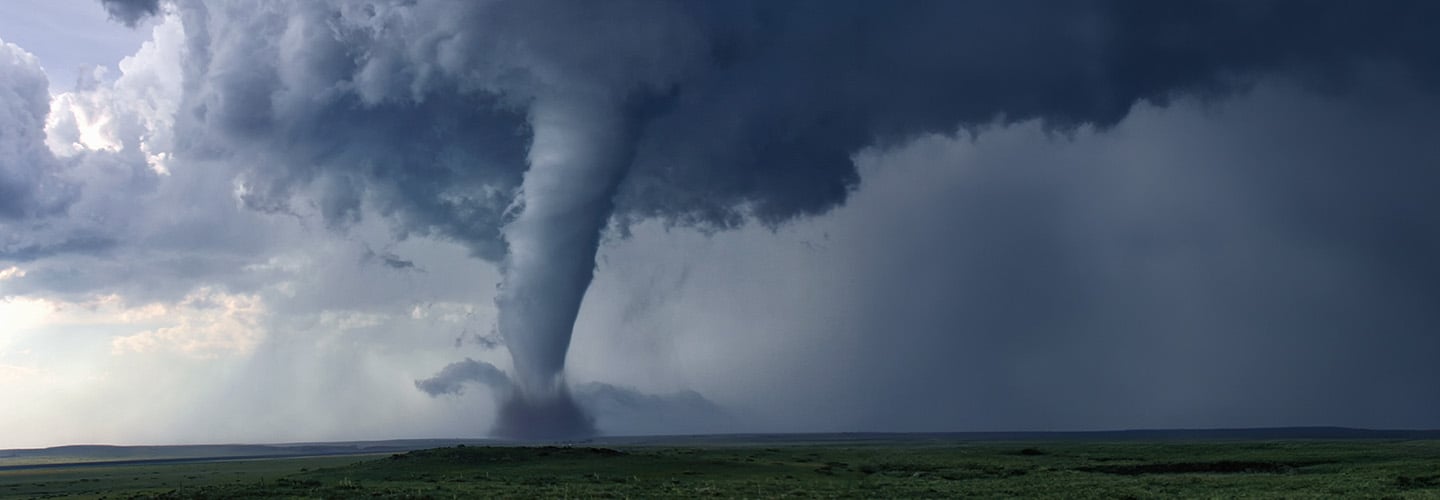As Val Castor drove through the thunderstorm, he and his wife, Amy, kept their eyes on the road ahead. Rain pounded their truck, making it difficult to see through the windshield.
Winds of more than 80 miles per hour rocked the truck as they drove through Arnett, Oklahoma, last May. Dirt, branches torn from trees, and other debris began swirling through the air. Suddenly, an uprooted tree flew across the road.
This was no longer just a thunderstorm. A massive tornado had touched down just a few hundred yards away. But instead of driving away from the spinning storm, Val started following it.
It’s all in a day’s work for the Castors. They’re storm trackers for News 9, a TV station in Oklahoma City. They live stream twisters and provide up-to-the-minute reports to viewers at home.
“It’s a responsibility we don’t take lightly,” Amy says.
Val Castor drove through the thunderstorm. He and his wife, Amy, kept their eyes on the road ahead. Rain pounded their truck. It was difficult to see through the windshield.
They were driving through Arnett, Oklahoma, last May. Winds of more than 80 miles per hour rocked their truck. Dirt, branches torn from trees, and other debris began swirling through the air. Suddenly, an uprooted tree flew across the road.
This was no longer just a thunderstorm. A massive tornado had touched down. It was just a few hundred yards away. But Val didn't drive away from the spinning storm. He started following it.
It’s all in a day’s work for the Castors. They’re storm trackers for News 9. That’s a TV station in Oklahoma City. They live stream twisters and provide up-to-the-minute reports to viewers at home.
“It’s a responsibility we don’t take lightly,” Amy says.

